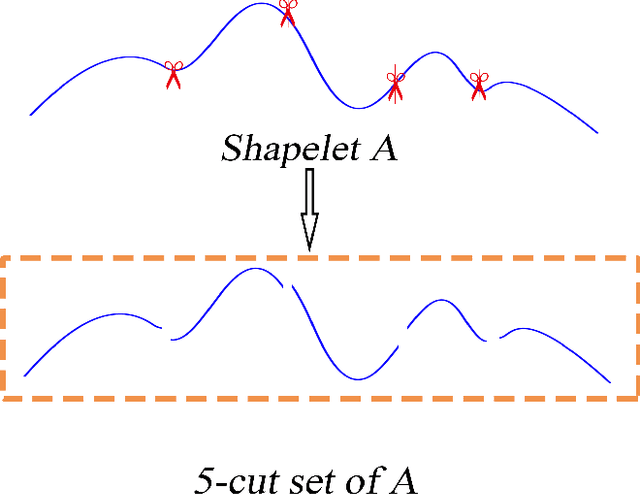Weibo Shu
Short Isometric Shapelet Transform for Binary Time Series Classification
Dec 27, 2019



Abstract:In the research area of time series classification (TSC), ensemble shapelet transform (ST) algorithm is one of state-of-the-art algorithms for classification. However, the time complexity of it is often higher than other algorithms. Hence, two strategies of reducing the high time complexity are proposed in this paper. The first one is to only exploit shapelet candidates whose length is a given small value, whereas the ensemble ST uses shapelet candidates of all the feasible lengths. The second one is to train a single linear classifier in the feature space, whereas the ensemble ST requires an ensemble classifier trained in the feature space. This paper focuses on the theoretical evidences and the empirical implementation of these two strategies. The theoretical part guarantees a near-lossless accuracy under some preconditions while reducing the time complexity. In the empirical part, an algorithm is proposed as a model implementation of these two strategies. The superior performance of the proposed algorithm on some experiments shows the effectiveness of these two strategies.
 Add to Chrome
Add to Chrome Add to Firefox
Add to Firefox Add to Edge
Add to Edge